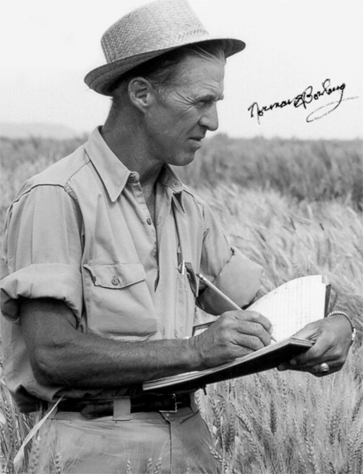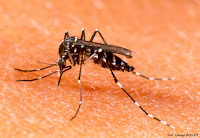
It has been very long since I posted my last article. November was an extremely hectic month with three consecutive major conferences. I was also travelling within the country to conduct a seminar and a workshop. Though this month is expected to be a little quite, we are still going to be busy with all the reports and planning for next year. Come 2010, MABIC will be ten years old, and that will make us busier.
Something else is also making me very busy this month – hiring an additional staff to take care of our publications. By the way, anyone interested can look out for our advertisement at Jobstreet.com. It is certainly tough to come across someone with excellent writing skills and proficiency in English language.
So, that brings me to the title of this article. I know I have written not long ago on the quality of our graduates and the blunders they make in their CVs. Today, I received an application for the Publication Officer position from a University Malaya graduate who majored in “Pior Science”. Since I know many lecturers at UM, I wanted to call them to find out if they are offering a new field in life science. Can someone enlighten me please? Is there a new science field called “pior science”. I need to know and keep myself updated being a science communicator and the head for an Information Centre. So, please help me here.
It is frustrating to see the standard of English today in Malaysia. I am not really for teaching science and mathematics in English, though I do not oppose it either. There are advantages and disadvantages to this approach. These two important subjects should be taught in a language that the students feel most comfortable. A student can lose interest in these subjects if he or she does not understand the language. And this does not mean the student is not good in these subjects. The rural students will certainly be affected most. The other key issue is – are all our teachers equipped with the language skills to teach these subjects in English? This approach is not the only option we have to improve our standard of English.
The English language syllabus in school is of very low standard to start with. Good students can just stroll through it. It is way below compared to many countries. I always have another unanswered question – why is the Bahasa Malaysia and English language syllabus different for the Chinese and Tamil schools? It is mind boggling why the Chinese and Indian parents, teachers and NGOs have never asked the government to streamline these syllabuses. Most students enter Year One with the same level of English and Malay proficiency, no matter they go to SK or SJK schools, so what drives the need for different syllabuses.
We really have to beef up our efforts now to improve the standard of English language among the younger generation. It is not too late to do this. It is good to hear that the government is increasing the time for this subject. The syllabus has to be revamped and more activities need to be conducted in this language.
What has this got to do with biotechnology? English is the lingua franca for science and technology and the corporate world.
And just a reminder – I am looking forward to more applications for the vacancy at MABIC. But apologies – I do not need those who majored in “pior science”. I feel threatened by a subordinate who knows a field that I don’t.
By Mahaletchumy Arujanan


















